We often think of perfume as an art form, a realm of delicate noses and artistic expression. And while artistry certainly plays a crucial role, beneath the captivating scents of vintage perfumes lies a surprisingly consistent scientific foundation. For centuries, perfumers weren’t simply blending ‘smells’; they were practicing chemistry, often with a sophisticated understanding of organic compounds and their interactions. This article delves into the history of perfume formulation, revealing how the principles of chemistry have remained remarkably consistent, even as ingredients and trends have evolved. We’ll explore the building blocks of fragrance, the techniques used by early perfumers, and how a surprising level of scientific rigor underpinned the creation of these olfactory masterpieces.
The Ancient Roots of Perfume Chemistry
The story begins long ago, in ancient civilizations like Egypt, Mesopotamia, and the Indus Valley. Initially, perfumes weren’t about personal adornment as much as ritual and religious practice. Incense and aromatic oils were burned as offerings to the gods, used in embalming processes, and believed to possess medicinal properties. Early ‘perfumes’ weren’t the alcohol-based sprays we know today, but rather aromatic oils infused into carrier oils like olive, almond, or sesame.
The key to understanding the chemistry lies in the source materials. These weren’t random collections of flowers; they were carefully selected plant parts – roots, resins, barks, flowers, leaves – each containing a complex mixture of volatile aromatic compounds. Egyptians were masters of enfleurage, a technique involving spreading flower petals on layers of purified fat (often animal fat). The fat absorbed the scent, creating a ‘pomade’ which could then be processed to extract the fragrant oil. This wasn’t just about trapping a pleasant smell; it was a separation process, leveraging the differing solubility of aromatic compounds in fats. The distillation of aromatic materials, particularly through the use of alembics (early distillation apparatuses) became widespread in the Arab world during the medieval period, and this method was crucial for extracting essential oils. This is where chemistry truly began to take center stage. The understanding of how heat could separate components based on their boiling points was a significant chemical advancement.
The Building Blocks: Aromatic Compounds
What exactly *are* these aromatic compounds that give perfumes their character? They fall into several major chemical classes:
- Terpenes: Found abundantly in citrus fruits, pines, and many flowers, terpenes are built from isoprene units. Limonene (citrus), pinene (pine), and linalool (lavender) are all examples.
- Phenols: These contribute smoky, spicy, or medicinal notes. Eugenol (cloves) and thymol (thyme) are prominent phenols.
- Aldehydes: Powerful, often synthetic compounds that add a sparkling, effervescent quality. They are relatively modern additions, but revolutionized perfume creation in the 20th century.
- Ketones: Provide a variety of scents, from floral to fruity to musky. Ionones (violet) are a well-known example.
- Esters: Often fruity and sweet smelling, esters are formed by the reaction of an alcohol and an acid.
Vintage perfumers didn’t necessarily *know* these were ‘terpenes’ or ‘aldehydes’ in the modern chemical sense, but they intuitively understood how different materials interacted. They knew that rose otto (extracted from rose petals) smelled different when combined with jasmine, and that adding a touch of musk would fix the scent and make it last longer. This empirical knowledge, built over centuries, was a form of applied chemistry.
The Art of Blending: Top, Middle, and Base Notes
The structure of a perfume – its ‘pyramid’ – is a direct result of the differing volatility of these aromatic compounds. Perfumes are typically described in terms of three layers:
- Top Notes: These are the first scents you perceive, light and volatile compounds like citrus oils and some floral notes. They evaporate quickly, creating the initial impression.
- Middle Notes (Heart Notes): These emerge as the top notes fade, forming the core of the fragrance. Floral notes like rose, jasmine, and ylang-ylang are common here.
- Base Notes: These are the heavy, long-lasting compounds that provide the foundation of the perfume. Musk, sandalwood, vanilla, and patchouli are typical base notes.
This layering wasn’t accidental. It’s a direct consequence of vapor pressure – compounds with lower vapor pressures evaporate more slowly, providing a lasting scent. A skilled perfumer understands these differences and carefully balances the proportions of each layer to create a harmonious and evolving fragrance. Consider the historical use of fixatives – ingredients like ambergris, civet, and castoreum (animal-derived products) – these were not simply about adding a particular scent; they reduced the evaporation rate of the more volatile components, extending the perfume’s longevity.
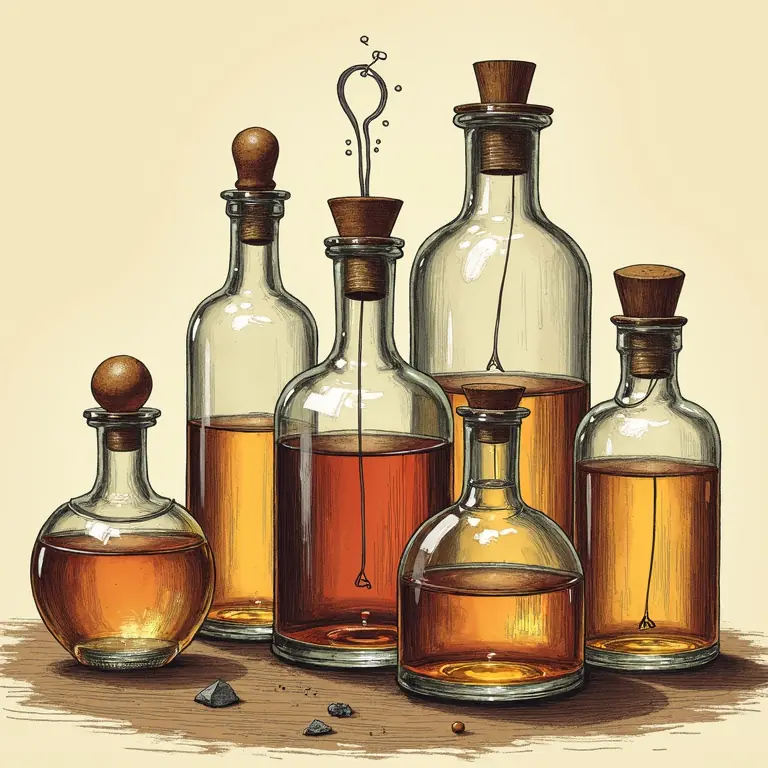
The Rise of Synthetic Chemistry and its Impact
The 19th and 20th centuries witnessed a revolution in perfume formulation with the advent of synthetic chemistry. Before this, perfumers were limited to the availability of natural ingredients, which were often expensive, scarce, and geographically restricted. The synthesis of vanillin (from vanilla beans) in 1874 marked a turning point. Soon after, chemists began to synthesize other aromatic compounds, opening up a vast new palette of scents.
This wasn’t simply about creating cheaper alternatives. Synthetics allowed perfumers to create entirely new scents that didn’t exist in nature. Aldehydes, for instance, were first used in Chanel No. 5 in the 1920s, creating a revolutionary, abstract floral fragrance. The use of synthetic musks also became widespread, replacing the increasingly expensive and controversial animal-derived musk.
However, the fundamental principles remained the same. Synthetic chemists were still working with the same aromatic compound classes, manipulating their molecular structures to create desired scents. The understanding of functional groups – the specific arrangements of atoms within a molecule – was crucial in predicting how a compound would smell and how it would interact with other ingredients. The science hadn’t changed; the *tools* had.
Analyzing Vintage Formulas: A Chemical Detective Story
Modern analytical techniques, like gas chromatography-mass spectrometry (GC-MS), allow us to ‘deconstruct’ vintage perfumes, identifying the individual aromatic compounds present. This reveals a surprising level of consistency in formulation principles across centuries. While the exact ingredients may differ (due to availability or changing preferences), the *ratios* of different compound classes often remain remarkably similar.
For example, a 19th-century rose perfume and a modern rose perfume will both likely have a high proportion of geraniol and citronellol (the main aromatic compounds in rose oil), but the modern perfume might also contain synthetic rose ketones and esters to enhance the scent and add complexity. The underlying principle – balancing floral notes with fixatives and modifiers – remains constant.
Analyzing vintage formulas also reveals the ingenuity of early perfumers. They often used ingredients with multiple aromatic compounds, creating subtle nuances and complexity. For example, using a specific type of rose oil that contains traces of other floral notes, or blending different types of sandalwood to achieve a unique woody scent. They were masters of subtle chemical interactions.
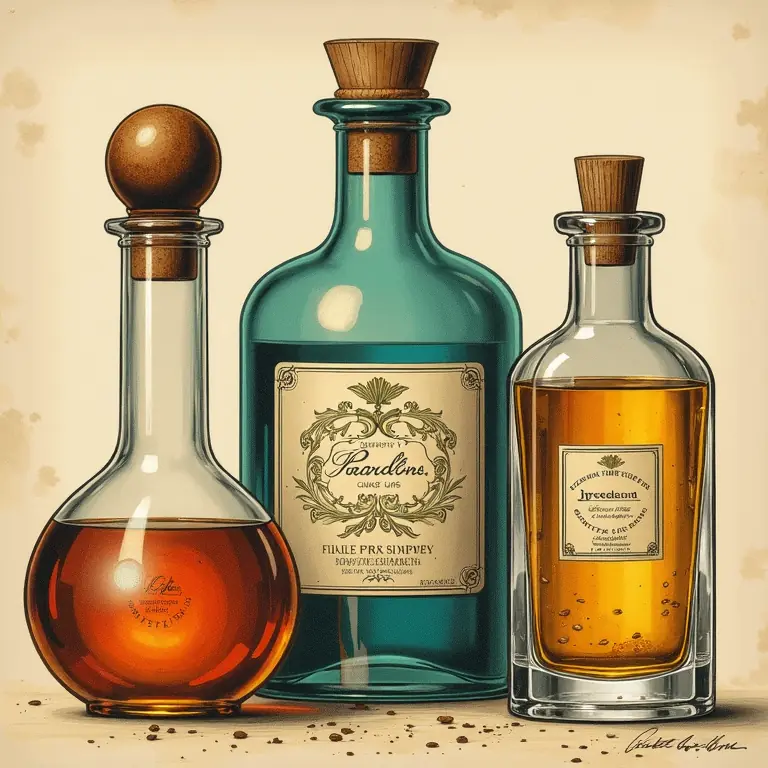
The Consistency of Perception: Why Some Scents Endure
The consistency isn’t just in the *formulation* of perfumes, but also in how we *perceive* them. Our olfactory system is remarkably stable. We have the same receptors for detecting aromatic compounds today as our ancestors did. This means that a scent that was considered appealing centuries ago is likely to be perceived similarly today, although cultural associations and personal experiences can certainly influence our preferences.
This link between chemistry and perception is also why certain scent combinations are universally appealing. For example, the combination of vanilla and musk is often considered comforting and alluring, likely because these scents evoke primitive associations with nurturing and security. The science of olfaction is complex, but the basic principles of receptor binding and neural signaling have remained consistent throughout human history.
Preservation and the Challenges of Vintage Perfume
The longevity of vintage perfumes is a testament to the stability of many aromatic compounds, but also presents challenges for collectors and enthusiasts. Exposure to air, light, and heat can cause degradation of certain ingredients, altering the scent profile. For example, some esters can hydrolyze (break down with water), releasing different aromatic compounds. Aldehydes are particularly susceptible to oxidation, becoming less vibrant over time.
Proper storage – in a cool, dark, and airtight environment – is crucial for preserving vintage perfumes. Understanding the chemical properties of the ingredients helps us anticipate how a perfume might evolve over time, and appreciate the subtle changes in its scent profile. It’s a chemical time capsule, offering a glimpse into the past.
Beyond Perfume: Connections to Other Disciplines
The consistency of scientific principles underlying perfume formulation extends to other seemingly disparate fields. The study of scent and its cultural significance mirrors the careful observation and categorization found in early mapmaking – consider the detailed legends and symbolic representation of features, much like a perfumer’s ‘formula’. See more about this in the unexpectedly consistent principles of early map legends. Similarly, the way our brains interpret olfactory information relates directly to the principles of optical illusions, demonstrating how easily our perception can be influenced.
Even the evolution of game pieces, from simple pawns to complex plastic figures, showcases a consistent drive for form following function, much like a perfumer striving for a balanced and harmonious scent. Explore the surprisingly consistent evolution of board game pieces. And the intricate patterns in traditional quilting, with their recurring motifs and symbolic meanings, echo the careful layering and blending of aromatic compounds – see the unexpectedly consistent patterns in traditional quilting. Finally, the consistent evolution of last names, tracing ancestry through etymology, is a parallel to tracing a perfume’s origins and chemical components, as explored in the surprisingly consistent origins of common last names.
Conclusion: A Lasting Legacy of Chemistry
The world of vintage perfume is far more than just a collection of beautiful scents. It’s a fascinating reflection of chemical history, demonstrating how scientific principles have underpinned the art of perfumery for centuries. From the ancient techniques of enfleurage and distillation to the modern synthesis of aromatic compounds, the core principles of chemistry have remained remarkably consistent. By understanding these principles, we can not only appreciate the artistry of vintage perfumes but also gain a deeper understanding of the science that makes them so captivating.
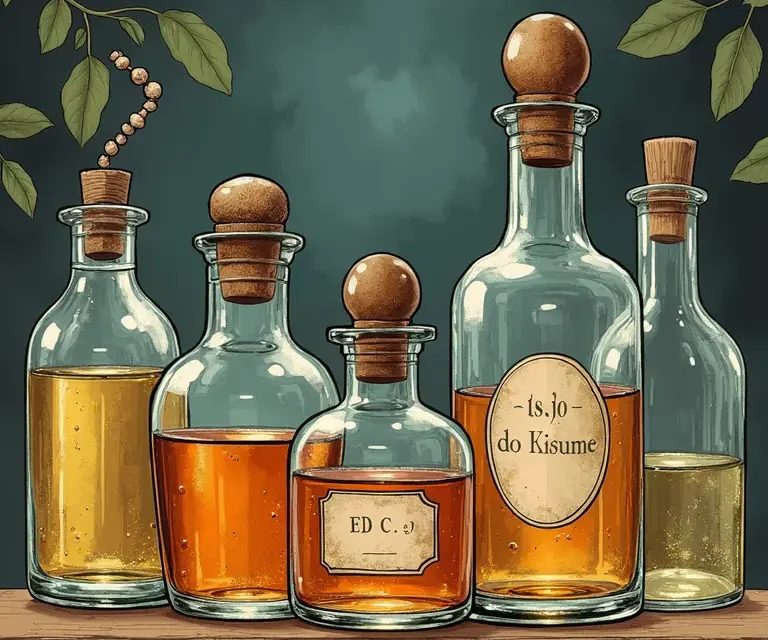

 The Curious Acoustics of Historical Echo Chambers: Resonance, Ritual, and Revelation
The Curious Acoustics of Historical Echo Chambers: Resonance, Ritual, and Revelation 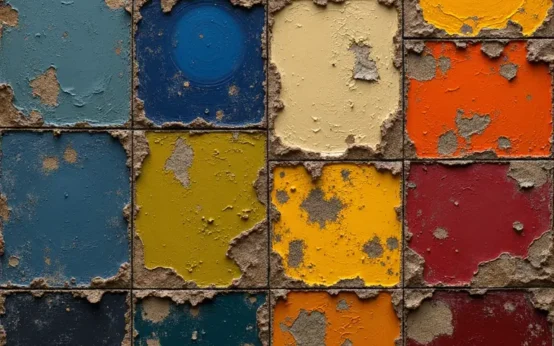 The Curious Chemistry of Lost Colors: Pigments, History, and the Art of Remembrance
The Curious Chemistry of Lost Colors: Pigments, History, and the Art of Remembrance  The Curious Cartography of Scent: Mapping Perfume Ingredients Through History
The Curious Cartography of Scent: Mapping Perfume Ingredients Through History 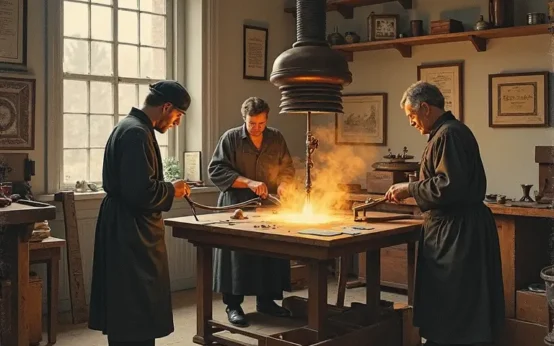 The Curious Lexicon of Lost Trades
The Curious Lexicon of Lost Trades  The Surprisingly Consistent Science of Historical Ice Harvesting – A Frozen History of Commerce & Preservation
The Surprisingly Consistent Science of Historical Ice Harvesting – A Frozen History of Commerce & Preservation 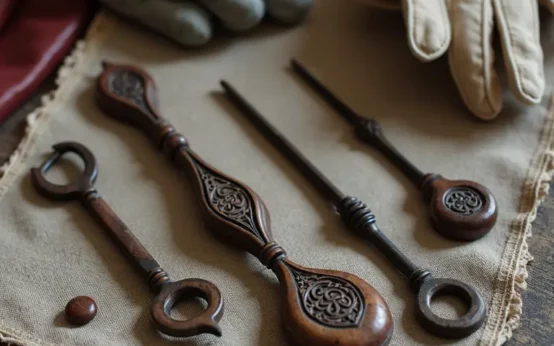 The Unexpectedly Consistent Science of Historical Buttonhooks – Fashion, Function & Forgotten Tools
The Unexpectedly Consistent Science of Historical Buttonhooks – Fashion, Function & Forgotten Tools